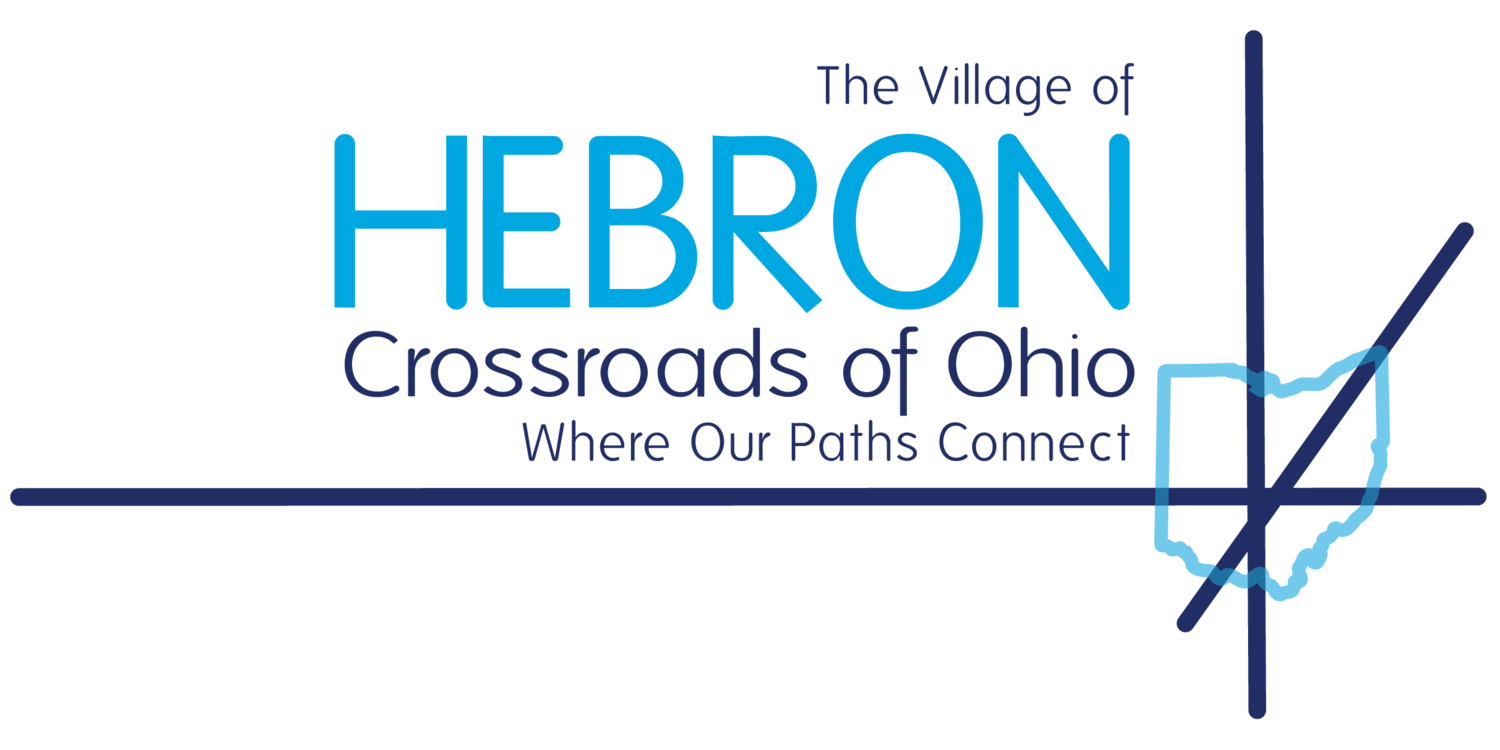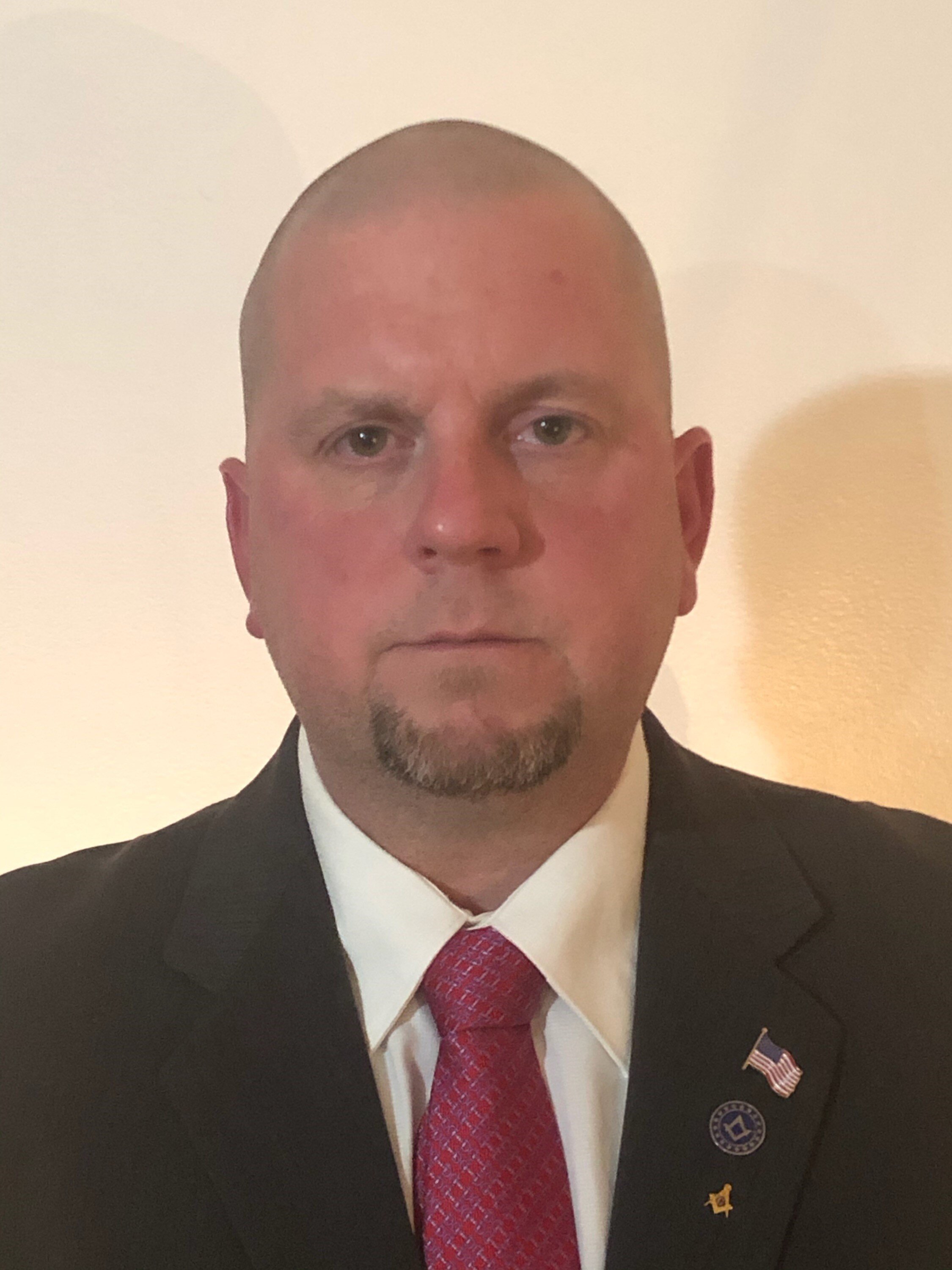Water
Our objective is to provide all our residents, businesses, and industrial customers:
Clean, safe, adequate, and continuous supply of drinking water and fire protection service.
Meet or exceed all local, state, and federal standards for public health and environmental quality.
Courteous, responsive, and efficient service in the most cost-effective manner.
History
In 1936, Hebron designed and constructed the original water treatment plant and first water distribution main lines in the central portion of the Village. As the Village has grown since that time, the system has undergone several retrofits, capacity upgrades, and main line extensions/ additions; most notably in the 1980’s, 1990’s, and early 2000’s.
Water Source
Hebron’s raw water source is groundwater, which is withdrawn from (4) groundwater wells that have a combined capacity of 3.2 million gallons per day. These wells range in depth from 150 to 320 feet deep in the earth’s crust.
Treatment Processes
The treatment plant has a capacity of 2.16 million gallons per day (1,500 gallons per minute). Before the raw water is deemed consumable, it must undergo several complex processes to ensure safety and desirable water quality.
Pre-Oxidation: is performed through (2) processes. Chemically by the addition of Sodium Permanganate. This chemical process is used to withdraw undesirable naturally occurring minerals (such as Iron, Manganese, and Arsenic) from of the water. Then, physically by pumping the raw water over a cascade aerator. As the water flows over the aerator flights, gases are released and oxygen is added.
Coagulation: The oxidized and aerated water is sent to large reactors tanks. Hydrated Lime is used as the coagulant and is converted into a slurry mixture before entering reactor’s rapid mix chamber. As the lime slurry is mixed with the water, the positive charge of the lime slurry neutralizes the negative charge of the other dissolved particles in the water.
Flocculation & Softening: When this action occurs, the particles bind with the slurry and form larger particles, as known as flocculation. Another effect of adding Lime triggers precipitation softening by significantly increasing in the pH of the water. As pH levels reach 11.00 S.U. most of the water’s hardness (Calcium Magnesium) is removed.
Sedimentation: Water moves very slowly through the reactor to allow large particles to settle down to the bottom and be removed from the water.
Stabilization (Recarbonation): The water is very unstable following softening. In order to stabilize the water, a pH adjustment process known as Recarbonation must occur. Recarbonation is performed by adding Carbon Dioxide
Filtration: The stable water then flows through dual media sand filters, which removes all remaining particles.
Fluoridation: After the water has been filtered, Fluoride is added for the sole purpose of promoting good dental health.
Disinfection: Lastly, Chlorine is added for sanitization/ disinfection purposes to kill or neutralize any remaining parasites, bacteria, and viruses, and to protect the water from germs.
The finished water will be held at the treatment plant until it is pumped in the water towers. On average, the facility produces 580,000 gallons per day.
Water Distribution
Hebron’s water distribution system consists of:
(2) Elevated water storage towers- Total capacity combined of 1.2 million gallons.
(22) Approximate miles of main lines- Varying in size from as small as 2” up to 16” in diameter.
(250) fire hydrants.
(280) main line valves.
(870) service connections.
Service Area & Fire Protection
Hebron’s water system has an adequate distribution system for the area currently being served drinking water and fire protection/ suppression services. The area consists primarily within the corporate boundaries of the Village as well as one (1) residential, two (2) commercial/institutional and thirty-two (32) industrial customers located in Union Township. Hebron’s water system also supplies the Licking Commissioner’s Water and Wastewater Department its source water to serve drinking water to the area known as Harbor Hills.
Regulatory & Compliance
Hebron’s water treatment plant is defined as a Class II facility and water distribution system as a Class I system in accordance to the Ohio Administrative Code (O.A.C.) Chapter 3745.
Hebron’s water department staff consists of:
(1) Superintendent; Ohio EPA Class III Water Supply Certified Operator.
(2) Operators; Ohio EPA Class I Water Supply Certified Operators.
The water plant personnel are responsible for the water treatment plant, distribution system, and laboratory. The laboratory is certified by the Ohio Environmental Protection Agency (Ohio EPA). It is designed to meet the needs for high quality drinking water analysis and complying with all current and future Environmental Protection Agency (EPA) regulations.
View the 2022 Consumer Confidence Report here

